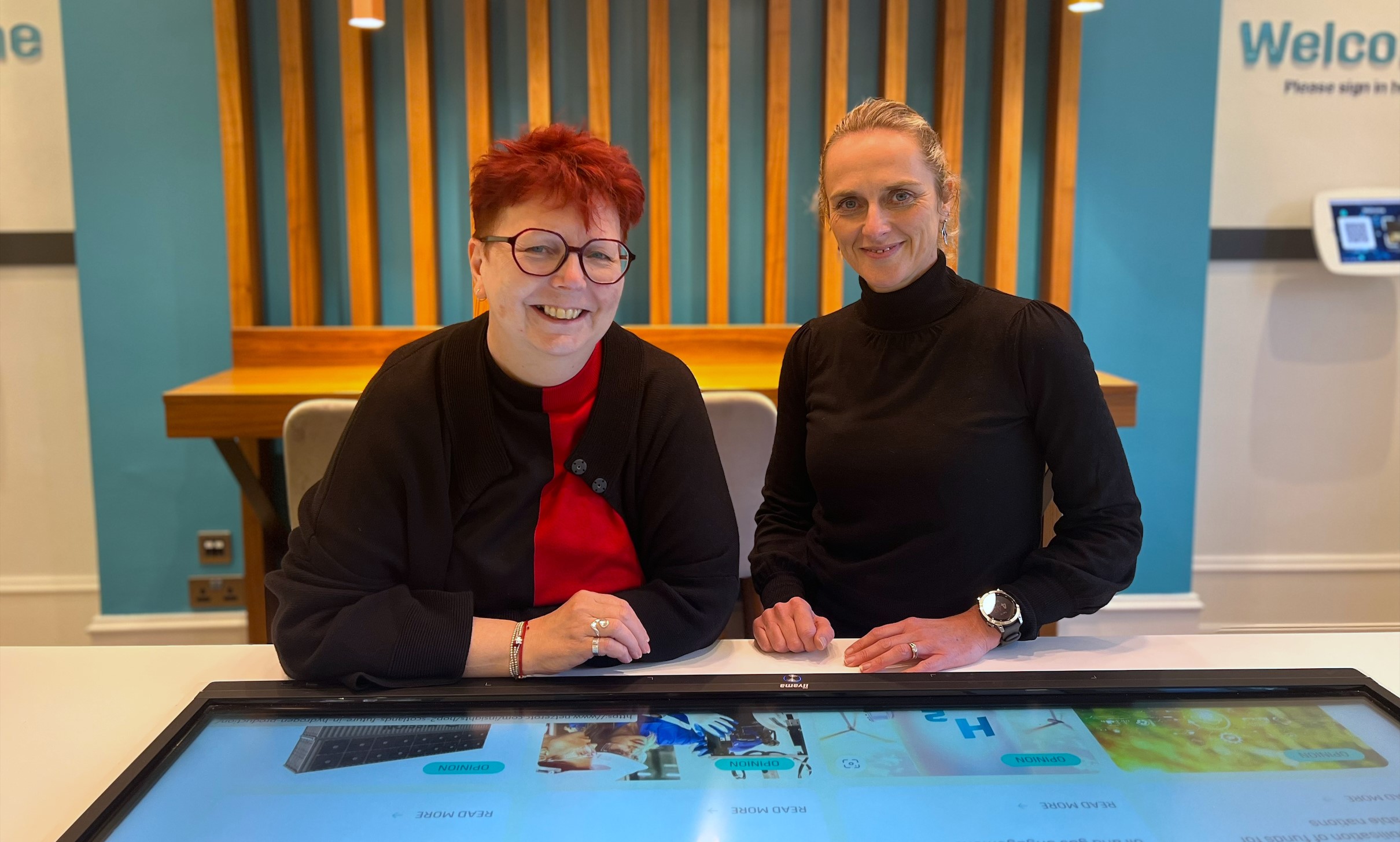NEWS & INSIGHTS | article
It’s a jungle out there – but NZTC has a very reliable map

Luca Corradi, Net Zero Technology Services Director, spoke to OEUK about this new business and how technology needs a navigator.
The world is on a decarbonisation mission. The sectors responsible for green house gas emissions are starting to decarbonise and diversify. But the global shift towards alternative renewable and net-zero energy requires more than pledges and enhanced processes. Organisations must embrace new and emerging technologies to help them achieve net zero emissions.
“There is often a fear of new technology. A fear of being an early adopter. Flanked by unknown risk and higher costs. This was evident when early wind and solar technologies were being touted, sceptics were quick to point out the wind doesn’t always blow and the sun doesn’t always shine” . according to Luca Corradi, Net Zero Technology Centre’s (NZTC) Innovation Director who is heading up its newly launched Net Zero Technology Services business. “The technology landscape is vast, and continually evolving. However, that evolution isn’t moving fast enough. In their Net Zero by 2050 Report, the International Energy Agency stated that “in 2050, almost half the reductions come from technologies that are currently at the demonstration or prototype phase.
Corradi continues, “We know what needs to happen, but we need to put the mechanisms in place and take action.
“It may seem that every other day the UK Government is announcing new multi million-pound investments to accelerate the development of green technologies. There’s no denying investment in clean energy technology is increasing. The IEA’s World Energy Investment 2022 report illustrates that global energy investment is set to rise, and that’s mainly in clean energy. However, the report also states that this projected capital spending falls significantly short to tackle the climate crisis and make our energy systems more sustainable and secure.
“Increased investment in clean energy technologies, economies of scale and regulatory certainty help to de-risk technology and bring down costs. But organisations are faced with a balancing act, with one eye on decarbonising whilst the other is on revenue generation and growth.” With this in mind, NZTC recently launched Net Zero Technology Services (NZTS): Two new solutions are introduced with the launch, Technology Roadmapping and Technology Due Diligence, both of which are powered by the Net Zero Technology Services proprietary NetZeroTS™ database. The Technology Roadmapping solution provides organisations with high carbon emitting plants and assets unmatched insight and foresight into proven, emerging and future technologies across zero emissions power, zero routine flaring, venting and fugitive emissions. It determines which innovative technologies can be adopted and deployed – and when – across assets to help achieve decarbonisation goals.
Technology Due Diligence provides insight to help investors make better technology investment decisions; ascertaining the legitimacy of a technology, its true technology readiness level, gaps in readiness and scalability, and how investable it is.
Corradi says, “This is an exciting time for NZTC as we expand our offering and capability with the launch of Net Zero Technology Services and its associated solutions. We’re responding to market demand with organisations asking for specific and bespoke insight on innovative technology.”
Over the last six years the NZTC has assessed thousands of new technologies and supported hundreds of technology development and testing projects. “We can see what is missing and what is working, what is scalable and whether the developers’ plans will be enough to bring an idea to market in five years or ten,” Luca says. “And we know what is available and what is on the horizon, not just here in the UK but worldwide. We have a unique perspective, scanning thousands of technology prototypes and have a good idea of what is likely to proceed and when it might be available.
“Once we have identified the technology, and considered whether it could be adopted for a client’s asset, we work on an approach… The roadmapping exercise tells the client what technology would work best, and what percentage of emissions it could expect to cut, over what timeframe, with an indication of its likely cost.
“The Technology Roadmap is also an instrument to show financial, regulatory institutions and other stakeholders that the net zero plan is ‘roadworthy’. For the organisations that have their own in house teams producing their own roadmap, we provide them with validation. For example, with one client we reviewed a number of their own roadmaps and advised what could be done to improve them such as identified missing emerging technological innovation.
“Every asset is different, so what might be the best solution for one offshore asset will not necessarily be the best for all. Assets off the west of Shetlands will have different geography, subsea conditions, weather and infrastructure from those in the southern North Sea, for example.
“Offshore renewables combined with storage solutions might support with decarbonising a platform power generation, while other technologies address venting, flaring and fugitive emissions. Some of these emissions will be very hard to eliminate, particularly in legacy assets, and could eventually be offset, perhaps in the form of direct air capture or some other carbon-removal activity,” he says.
“For industry, decarbonising operations and understanding the viability and readiness of technology is complex. We break that complexity down helping asset owners leverage technology and investors take the guess work and risk out of their next technology investment.”
Subscribe for the latest updates


